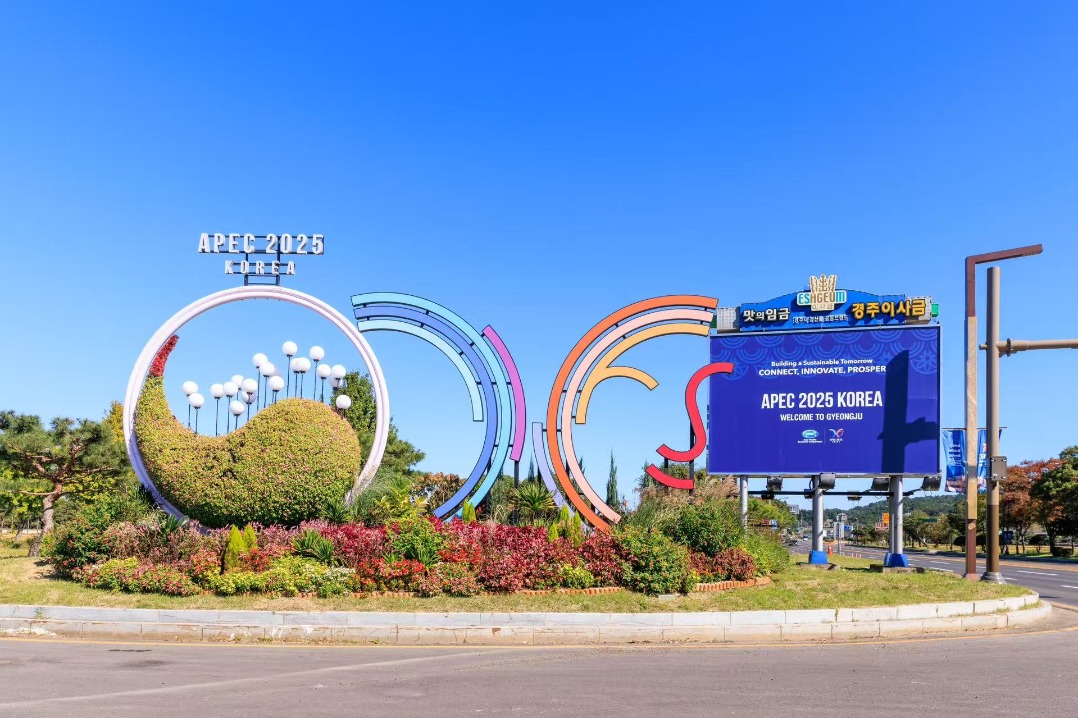China’s seniors are on the move
By Holland Marshall | chinadaily.com.cn | Updated: 2019-01-02 16:47

The Chinese government has long encouraged seniors to stay healthy by keeping active. Western governments are hoping that their seniors will follow the Chinese example.
University of Illinois scientists have confirmed previous studies that find ancient Chinese exercises such as tai chi are good for older adults. The researchers say such exercises combine simple, graceful movements and meditation into a series of integrated exercises believed to have positive, relaxing effects on a person's mind, body and spirit.
These exercises are relatively simple and safe. They require no special equipment that is expensive and limits participation. That makes them easily practicable by large numbers of healthy senior citizens.
During an April early morning, a half-dozen seniors are playing jianzi in a Dandong parking lot. The players aim to keep a weighted shuttlecock in the air by using their bodies aside from their hands.

The dance groups gather in the early mornings and in the evenings at city parks, public squares or in parking lots.
Morning dancers begin as early as 5:30 am, and tend to use spaces near supermarkets so they can purchase fresh vegetables when the markets open. The evening groups start dancing after dinner.

The dancing grannies have roots in Chinese history. Dancing for exercise was developed a thousand years ago in Emperor Yao's China and during the Song Dynasty.
Due to its low cost and ease of participation, there is an estimated 100 million dancers in China.
Dancers organize themselves into rank and file. The front rank comprises the most proficient dancers, the best being in the center. Each rank back from the one in front contains dancers who are less proficient. All the dancers face forward. This allows dancers to learn from those in the rows ahead. The back rank is often populated with beginners just learning the moves.
The evening I was in Jilin, there were four dance groups, a large speed-walking troupe, men racing on roller blades and kite flyers all using, at the same time, the huge plaza in front of the Jilin train station. [Photo by Holland Marshall]


In 2017, Shanghai built 224 kilometers of greenways and the city plans to have a total of 1,000 kilometers by 2020.

This woman worked out on all the manually operated equipment. Each machine gives a part of the body a basic workout while the seniors get out of their homes and enjoy the fresh air.

Brightly colored manual machines are installed in many parks. Each machine is designed to provide a slight workout to a specific part of the body.
Compared to private gyms that require expensive memberships to join, China’s public fitness equipment provides the opportunity for physical activity that’s accessible to everyone
This Shanghai Greenway ended at the Hongqiao Riverside Park where I saw seniors walking, playing basketball and using chin-up bars.

When I congratulated him, he indicated that his friend was much better. We don't always need to know each other's language to understand each other.

congratulated both of them.
What can westerners learn from this?
Seniors need to turn off their TV sets and get outdoors far more often than they currently do.
If they are not ready to start dance groups, our seniors could learn tai chi, take long walks, ride bicycles, take up gardening or climb staircases. Just because your building has elevators does not mean that you have to use them.
Western municipalities could help by building more parkettes and Greenways. They could start buying outdoor exercise machines while our large condo residential buildings could build gazebos and encourage their seniors to start social clubs.
Let’s make it easy, inexpensive and fun for seniors to enjoy the outdoors.
Holland Marshall lives in Toronto Canada. He worked in China for a year and he now visits China once or twice a year.
The opinions expressed here are those of the writer and do not necessarily represent the views of China Daily and China Daily website.
























